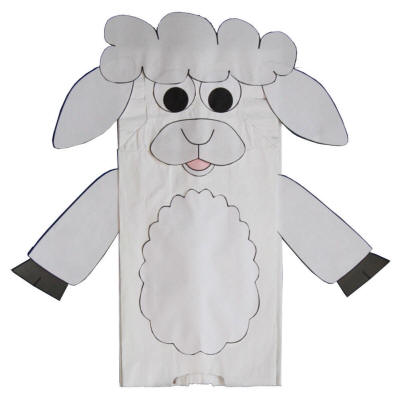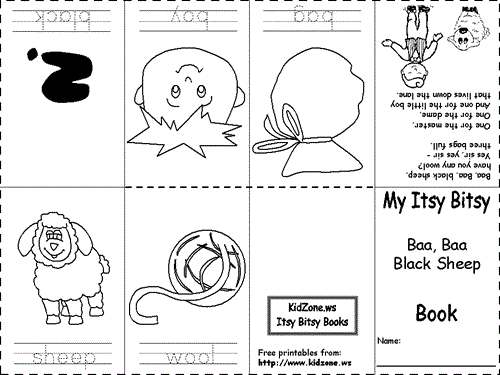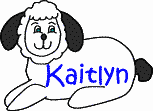DLTK's Nursery Rhymes for Kids
Baa, Baa Black Sheep Nursery Rhyme
(including
White Sheep and Zebra verses)
Welcome to our "Baa, Baa Black Sheep" nursery rhyme section!
Explore a variety of fun and educational activities, including lyrics, coloring pages, crafts, and printable worksheets. With delightful verses featuring black sheep, white sheep, and even a zebra, your children can enjoy coloring pages, crafting adorable sheep and zebras, and engaging in activities like crossword puzzles, chore charts, and more. Enjoy this classic nursery rhyme with creative and educational resources that will captivate and entertain young learners!
Baa, Baa, black sheep,
have you any wool?
Yes sir, yes sir -
three bags
full:
One for the master,
one for the dame,
And one for the little boy
that lives down the lane.
Baa, Baa, black sheep,
have you any wool?
Yes sir, yes sir -
three bags
full.
Baa, Baa, white sheep,
have you any wool?
Yes sir, yes sir -
three bags
full:
One for the master,
one for the dame,
And one for the little boy
that lives down the lane.
Baa, Baa, white sheep,
have you any wool?
Yes sir, yes sir -
three bags
full.
Baa, Baa, striped sheep,
have you any wool?
No sir, no sir -
No bags full:
None for the master,
none for the dame,
And none
for the little boy
that lives down the lane.
Striped sheep, why sheep,
have you no more wool?
Oh sir, because sir -
*pause*
I'm a zebra!
Baa Baa Black Sheep Lyrics and Coloring Pages:
Baa Baa Black Sheep Crafts:
Baa Baa Black Sheep Printable Resources:
Baa Baa Black Sheep Puzzle Worksheets:
On-Line Games and Puzzles:
The History of "Baa Baa Black Sheep"
"Baa Baa Black Sheep" is one of the most enduring and beloved nursery rhymes, cherished by children and adults alike for generations. Its origins date back to the early 18th century, with the earliest printed version appearing in "Tommy Thumb's Pretty Song Book" around 1744. The rhyme has been a staple in English-speaking cultures, with its catchy melody and repetitive lyrics making it easy for young children to remember and enjoy.
Historical Context and Interpretation
The rhyme's simple story of a black sheep providing wool to a master, a dame, and a little boy has often been interpreted in various ways. One prevalent interpretation is that it reflects the medieval wool tax imposed by King Edward I in the 13th century, symbolizing the division of wealth. The tax required a portion of wool production to be given to the king, the church, and the farmers, which some see echoed in the rhyme's allocation of wool.
Cultural and Social Significance
Over the centuries, "Baa Baa Black Sheep" has undergone numerous adaptations and variations, but its core message and charm have remained intact. The rhyme is often used in early childhood education to teach rhythm, language, and counting skills. It also serves as an introduction to the concept of sharing and generosity.
Variations and Adaptations
The rhyme has been adapted into various languages and cultural contexts, each bringing its unique twist to the narrative while maintaining the fundamental elements. Some modern versions have altered the wording to reflect more contemporary themes or to remove perceived negative connotations, yet the original remains widely recognized and loved.
Influence in Literature and Media
"Baa Baa Black Sheep" has influenced a wide range of literary and media works. It has appeared in numerous children's books, educational programs, and even popular music. The rhyme's simple yet evocative imagery has made it a frequent reference point in discussions about early childhood literature and the evolution of nursery rhymes.
Educational Uses
In classrooms, "Baa Baa Black Sheep" is often employed as a tool to engage young learners. Teachers use the rhyme to develop children's phonemic awareness, enhance their vocabulary, and introduce basic arithmetic concepts through counting the sheep's wool allocations. Additionally, the rhyme's repetitive structure aids in memorization and language development.











